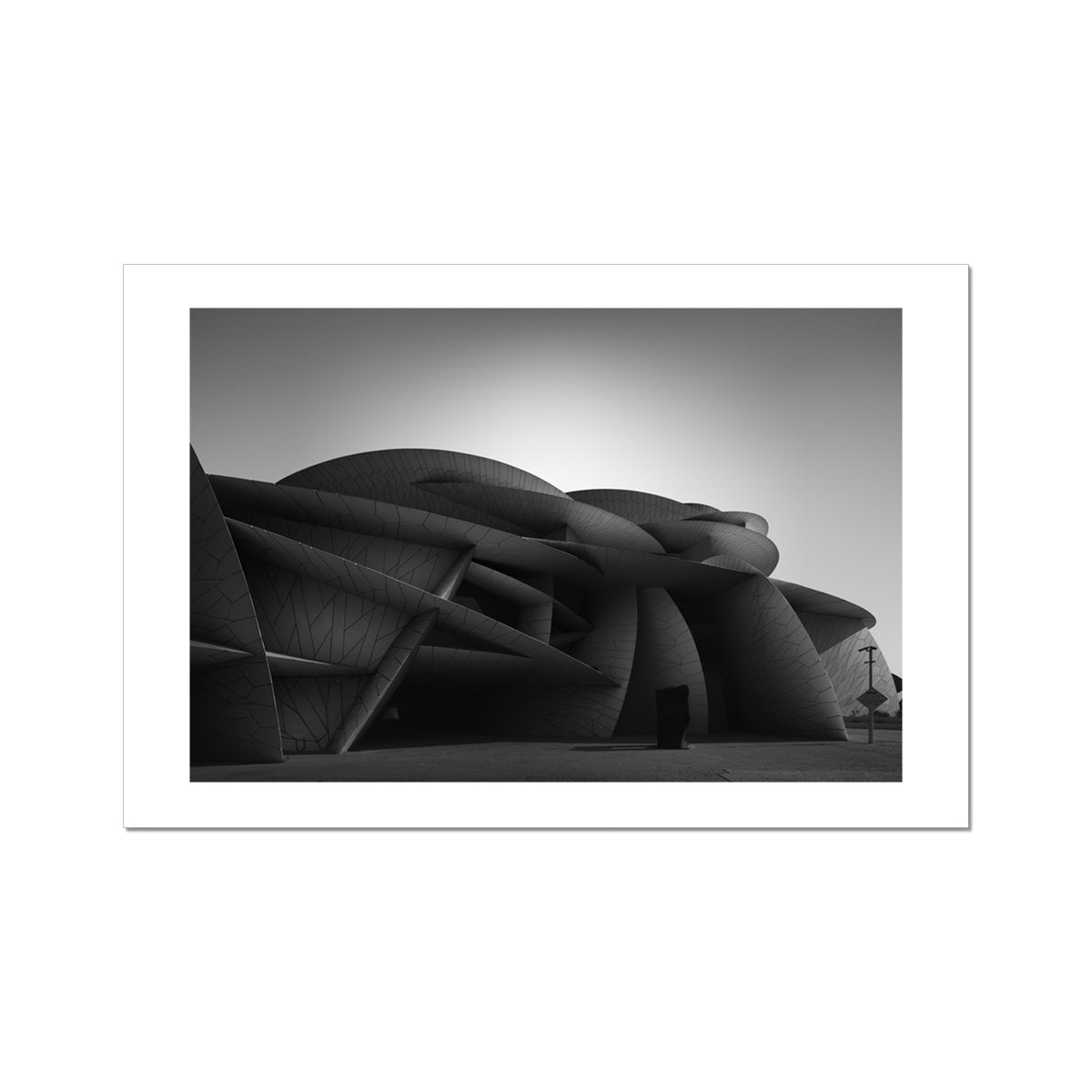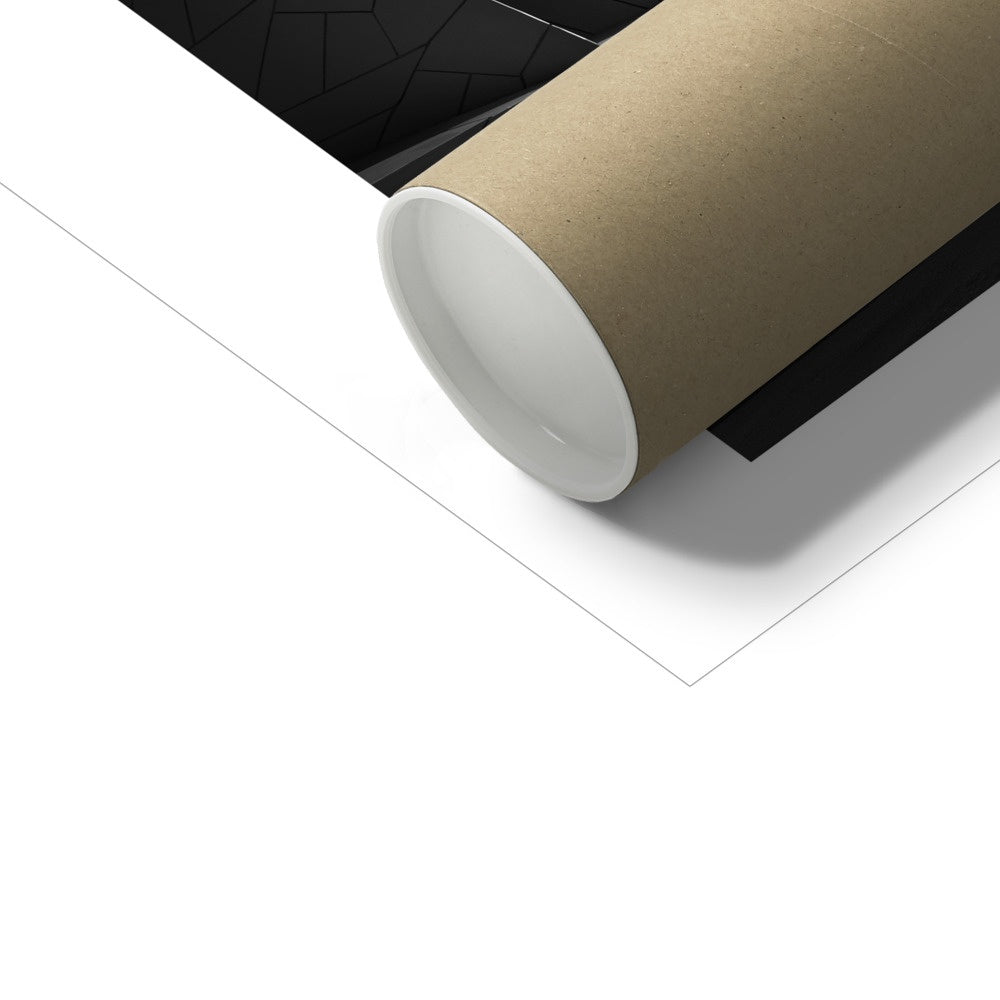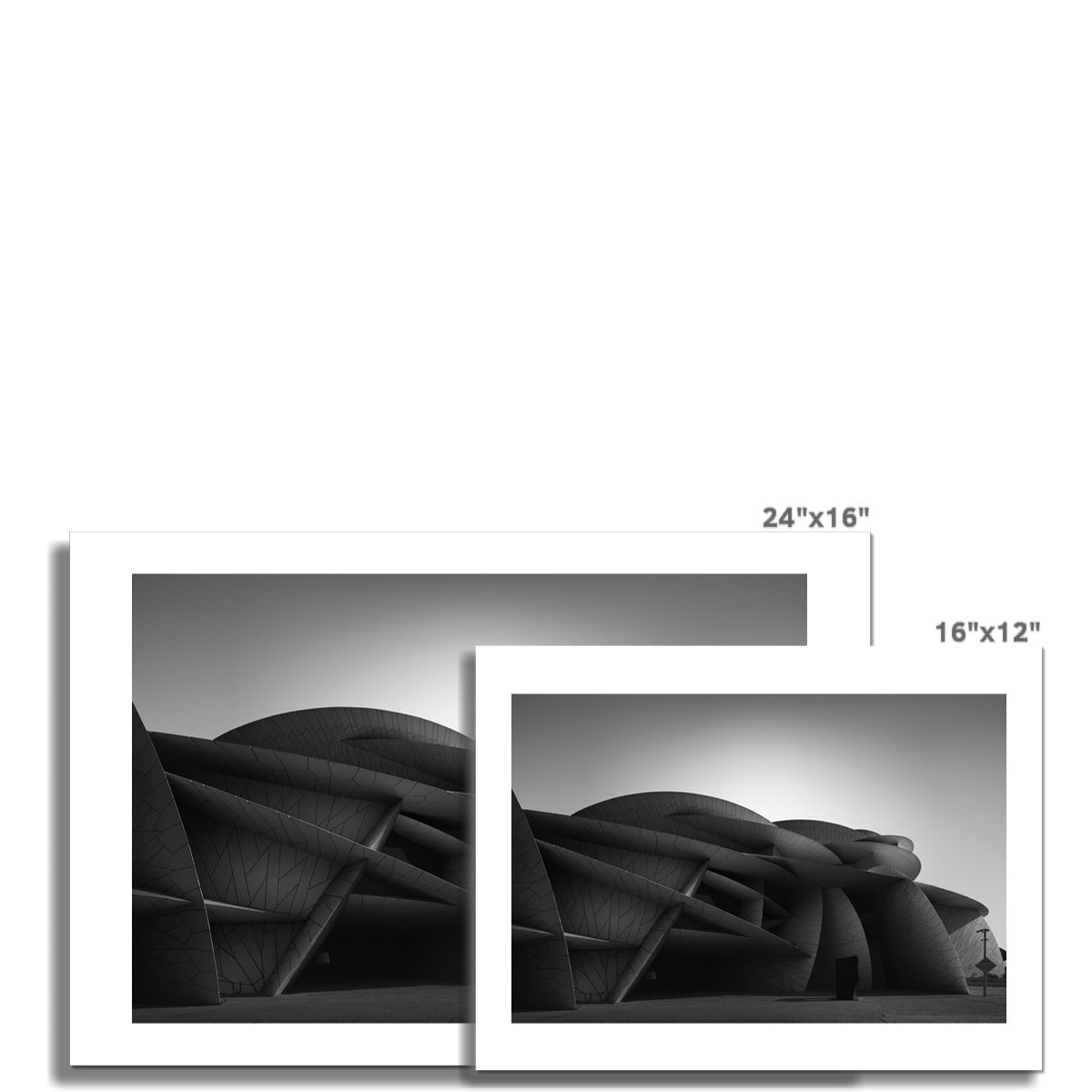BWVision
Qatar National Museum 3 C-Type Print
Qatar National Museum 3 C-Type Print
Couldn't load pickup availability



What Is Silver Halide?
Silver halide is a chemical compound and has been used in photographic film and paper for hundreds of years. In fact, when it comes to producing high-quality photo prints, silver halide printing is the chef’s kiss of printing methods.
Also referred to as chromogenic prints, C-types, C-prints or C-type prints, silver halide prints are actually created by a chemical reaction. And while you won’t find us teaching science lessons any time soon, we do know a thing or two about this kind of chemistry…
Silver halide paper contains light-sensitive silver halide crystals and dye couplers suspended in layers of gelatin. When this paper (and the concoction inside it) is exposed to light, it triggers a chemical reaction, which then develops to form a full-colour image — all without a drop of ink in sight.
In a nutshell, silver halide prints are exposed using light instead of ink, digital files instead of film negatives and a printer instead of a darkroom.



